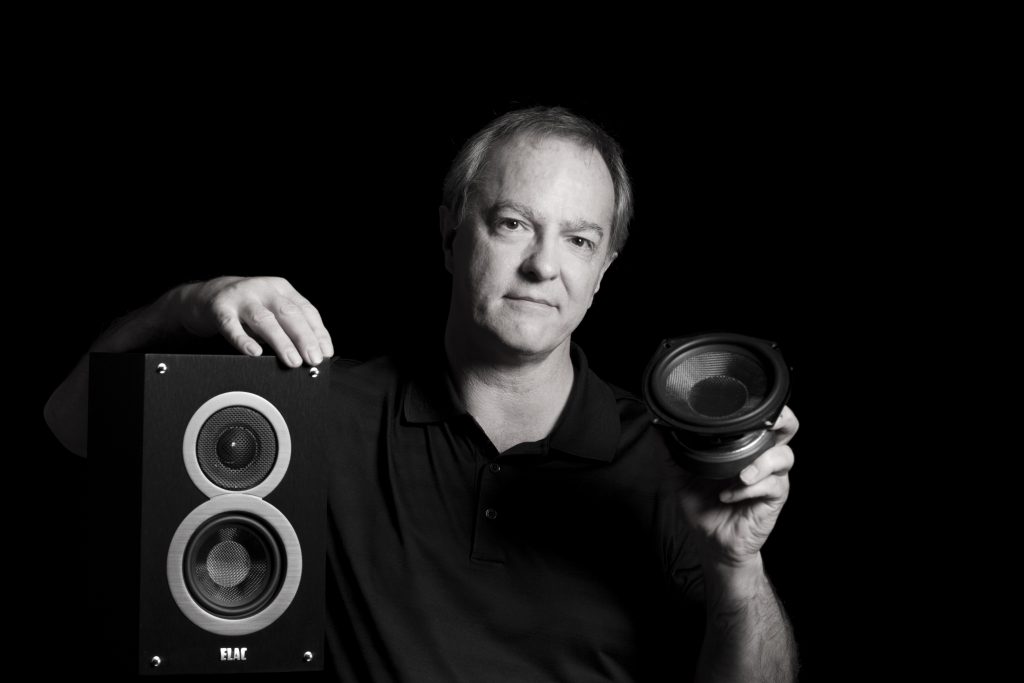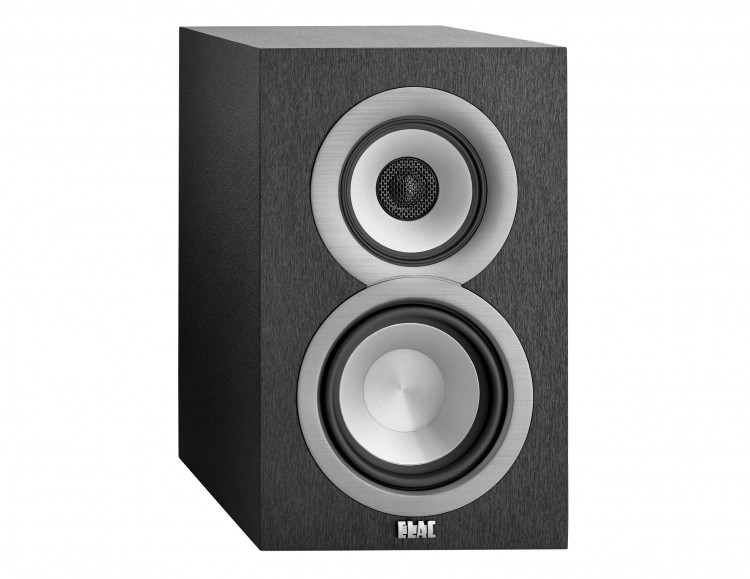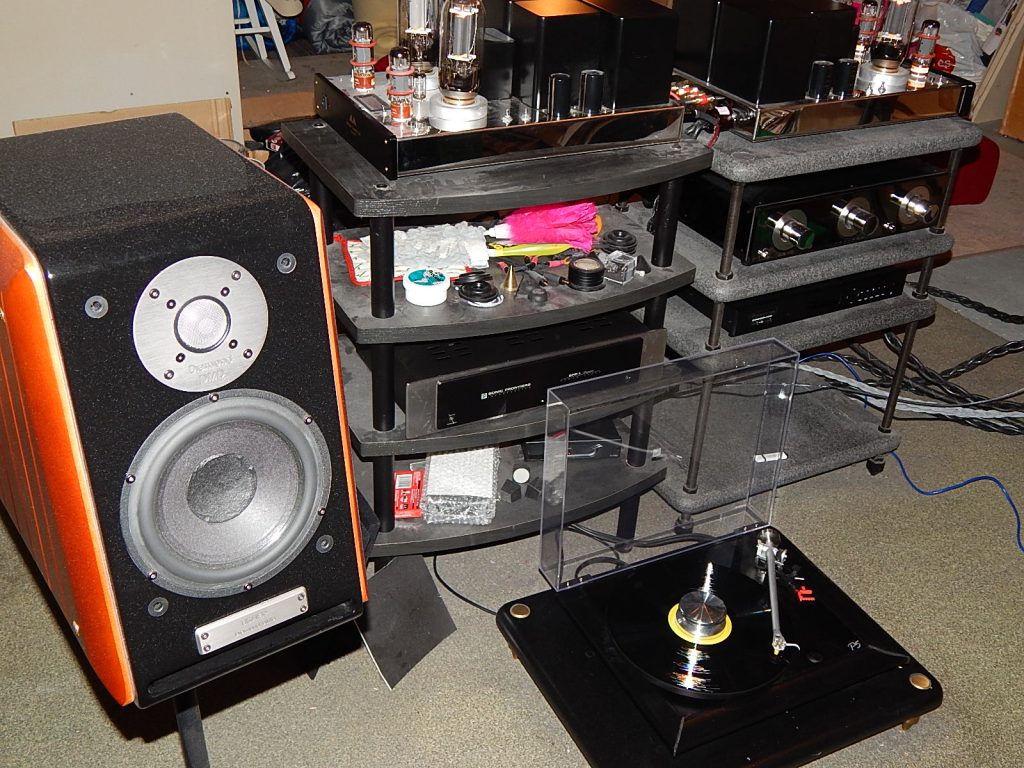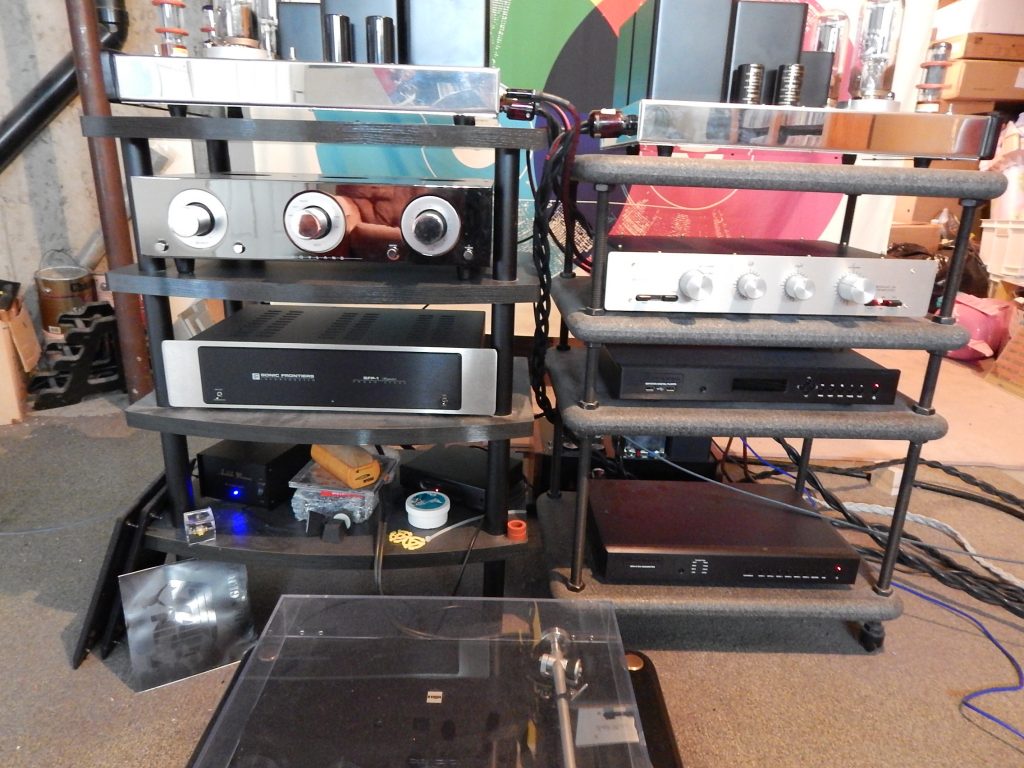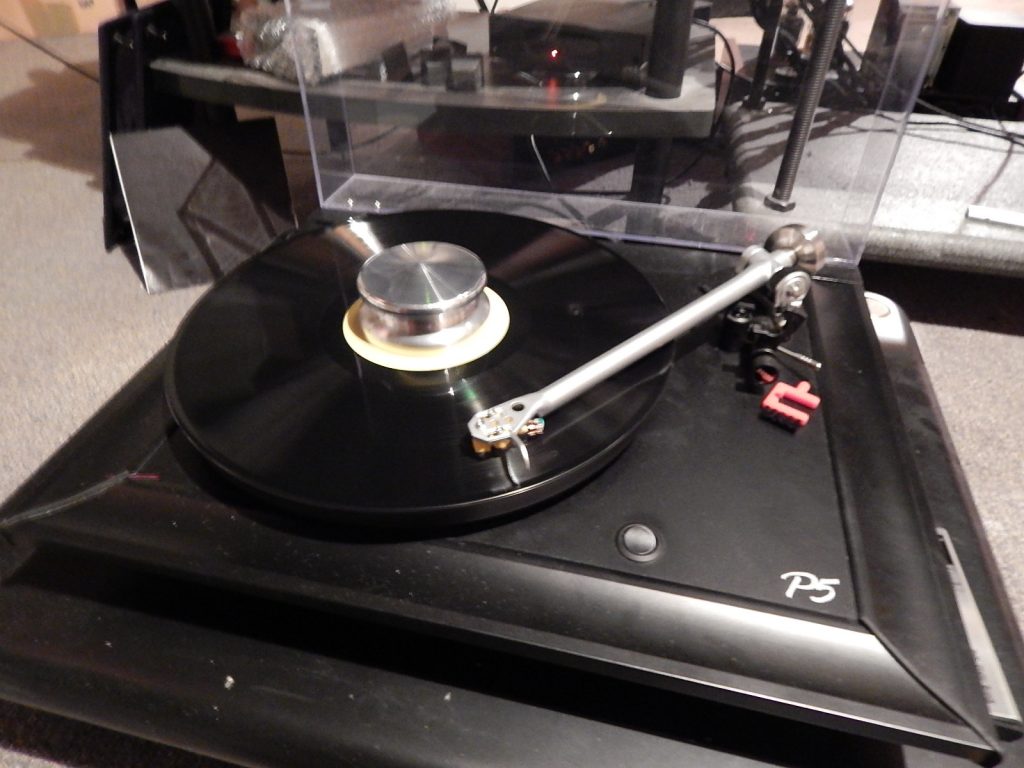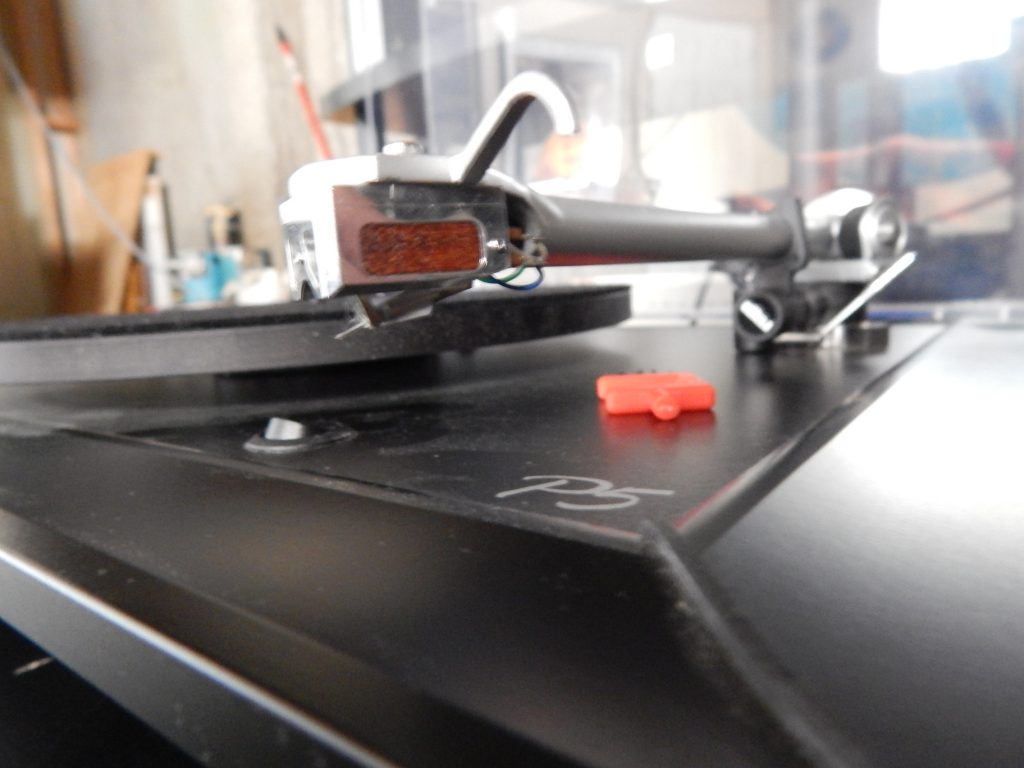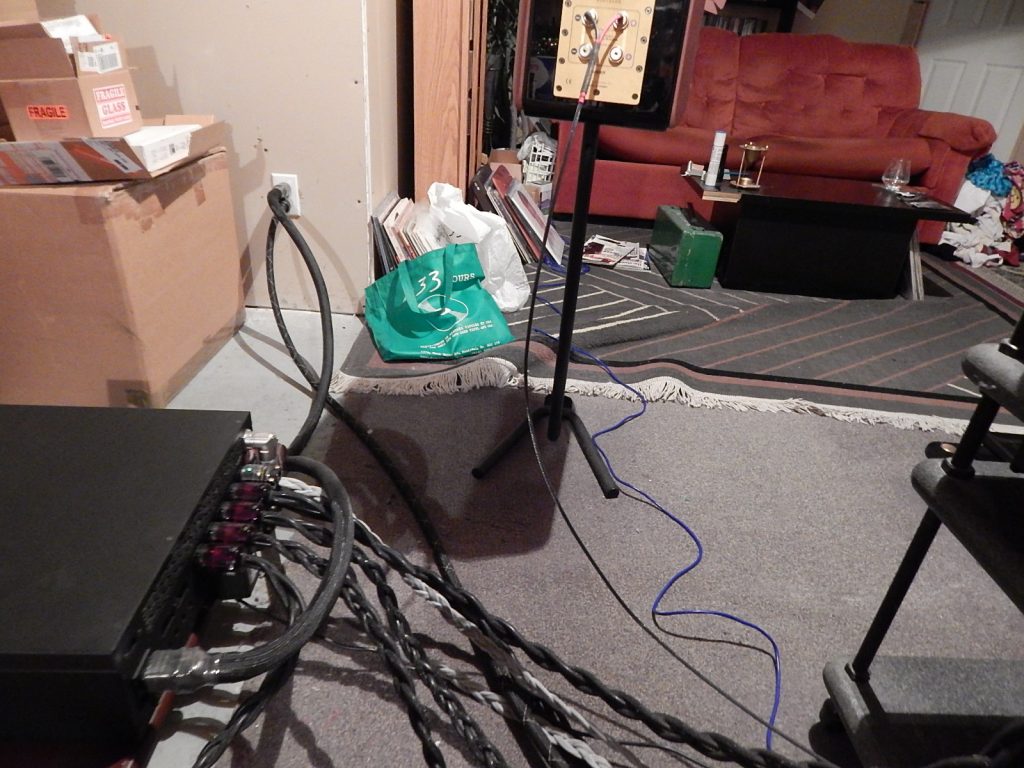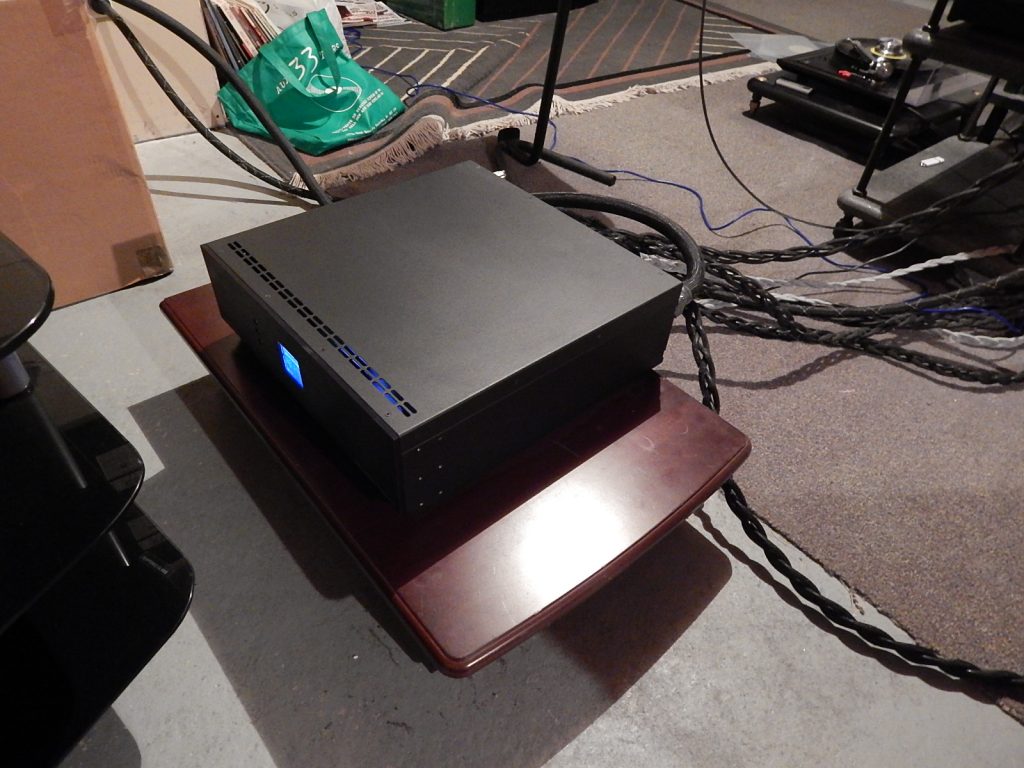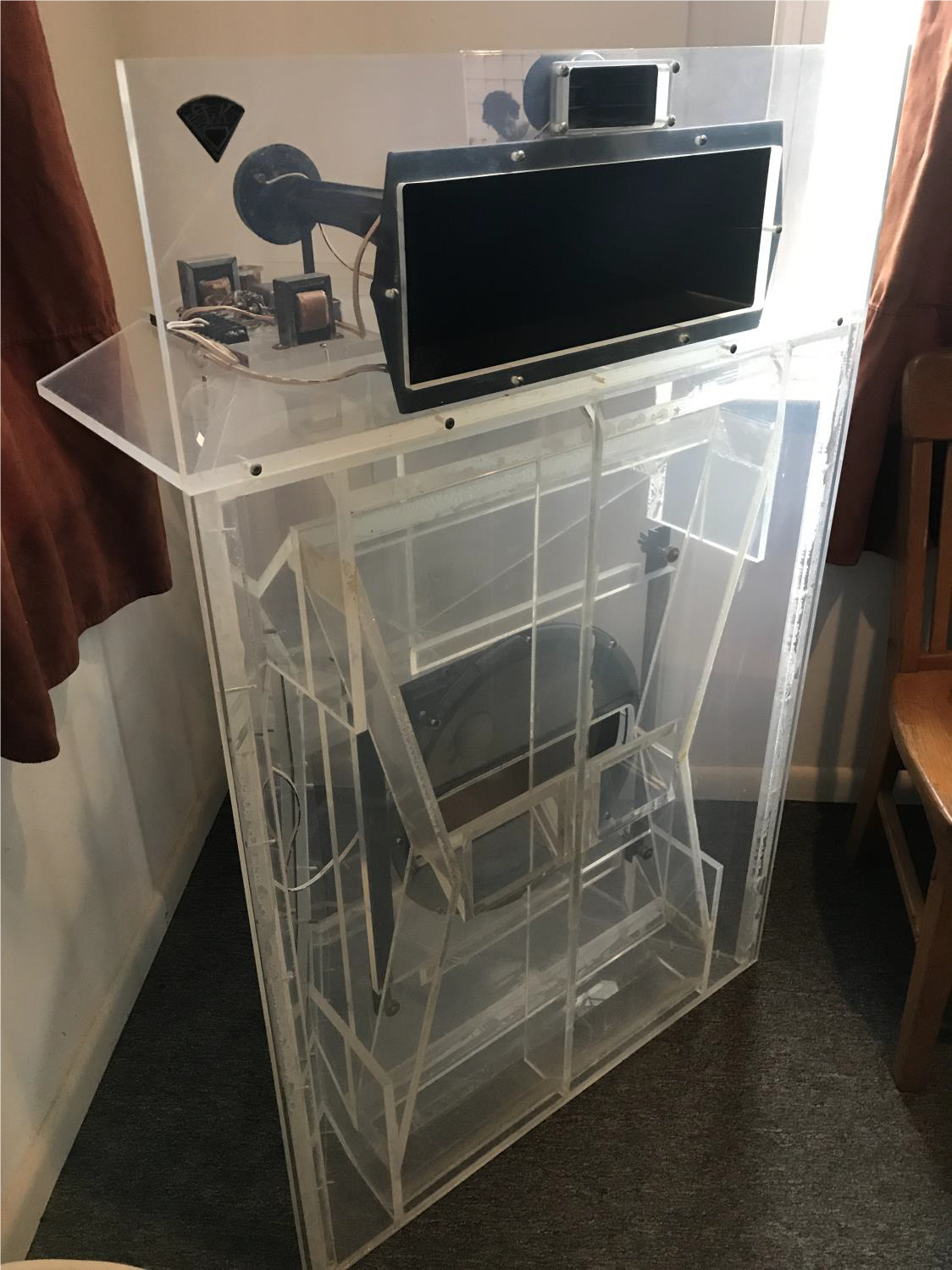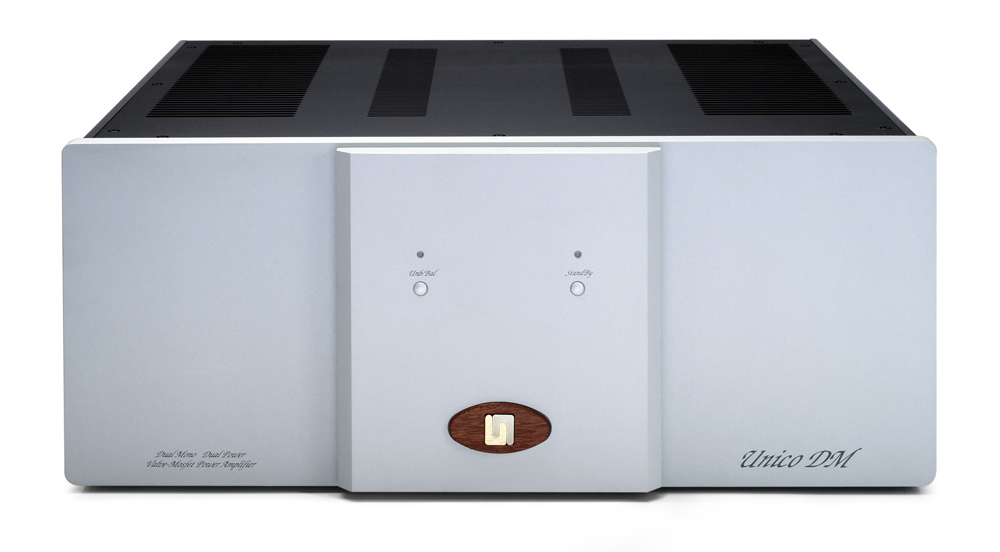"The speaker that changed my life?" said Jones. "Easy. The Quad ESL57. It's the first true Hi-Fi speaker I heard once I got to university. I have almost always owned a pair." No surprise, then, that the ESL57's creator, Peter Walker, continues to inspire Jones's own work. "I had many conversations with Peter," said Jones. "He is a constant reference point."
But it isn't Walker whom Jones credits most for schooling him in speaker design; that distinction belongs to KEF's Laurie Fincham, under whose stringent direction Jones would become KEF's Chief Engineer. It wasn't always smooth sailing. "Fincham always challenged me to be better," said Jones. "It could be immensely frustrating at times, to find what one had been working on was now obsolete in view of new ideas from Laurie, but if you were committed to making Laurie's ideas work you invariably ended up with better speaker designs. I would not be where I am today if not for Laurie."
And where Jones is right now seems to be in a very enviable position professionally. His work as both speaker designer and company spokesperson for 91-year old German company Elac has made him an audiophile celebrity. Not that his being in the limelight seems to bother Jones. Look at any of his ubiquitous images in print or on video, and it's hard to shake the feeling that the confident, charismatic smile reflecting back at you belongs to a man who's having the time of his life.
And why shouldn't he be? He is the inspired architect of such paragons of high fidelity as TAD's Reference One and Compact Reference One (the latter, a $42,000 stand-mount), but it's his cleverly-conceived, budget-priced gems—Pioneer's SP-BS22-LR, and later Elac's Debut and Uni-Fi series of speakers—that have earned Jones widespread recognition and a collective headshake from those who have heard Jones's modest designs and invariably wondered: how does he accomplish so much from so little?
Even rich people love the can-do resourcefulness of a MacGyver, the fictitious TV character who can build a human catapult from a drawer of office supplies, and Jones is a speaker-designing MacGyver, capable of extracting oodles of musicality from the barest of core materials.
Still, asked which of the current speaker designers he admires most, Jones's picks reveal his fondness for the ambitious, innovative side of things. And of people: Vivid Audio's Laurence Dickie, and TAD's Toru Nagatani, the latter having taken over Jones's lead after he left the company.
Jones says his relationship with Elac happened at a very fortuitous time: "Pioneer was going through changes and I was at a period in my life when I was deciding if I should try something new. Of the many opportunities I looked at, Elac's seemed the most promising. It involved working with a company that had interesting technologies and was also interested in pursuing new ideas and expanding its business, especially in the USA. They've given me a lot of creative freedom and I think the last two years have been some of my best creatively."
So how much of his own speaker-designing process does Jones—a man with an engineering physics background—attribute to science, and how much to art? "At the start, speaker design is all science," Jones said. "But art still has to be involved in the final choices, such as in the sound balance. We're too far away from having perfect technical performance, especially on budget speakers. When we're dealing with compromises, simple measurement data will not tell me which choices to make. I need to listen. But even that is fraught with issues involving what any particular recorded performance should sound like. That's where experience has to be my guide."
Was there a secret to his success? As far as Jones can tell ("While I pride myself on being analytical, I've never really analyzed myself!"), it is to "continually strive to push the boundaries to approach the sound image in my brain of what I think reproduced sound should be like. It's partly an innate level of expectation. Why should I settle for less? Why can't I make it better?"
Of the Jones-designed Elac speaker he is most proud of, Jones has a soft spot for the Debut B5: "It was the speaker that launched my involvement with Elac and showed just what could be done at a budget level. But also the UniFi UB5, which uses my first concentric driver for Elac, and is also the lowest-priced concentric driver I have designed."
A common thread unifies all of Jones's speaker designs, from the least to the most complex: "The drivers always come first," said Jones. "You can never overcome poor driver performance. Second would be the crossover. You have to blend the drivers together seamlessly."
As for the best way to achieve seamless in-room driver performance, Jones recommends "placing the speakers far apart and toeing them in more than you think is right. Especially with concentric drivers. You'll get a bigger soundstage while retaining image focus and minimizing side wall reflections."
Jones is grateful to be earning a living doing what he loves. His career has exposed him to "many wonderful people and mentors, fantastic opportunities and successes", and allowed him to "call the USA my second home. (Sorry, but Potter-land, Morris dancing, fruit cake, plum pudding, and Spotted Dick still have my heart)". He added that "World travel has exposed me to an amazing variety of foods that I will never try—it's a northern English thing—but also to a group of friends that while being some of the most distant geographically are also some of my closest."
Jones bristles when asked if he's a prodigy. "It's too pretentious to call myself a prodigy. Although I recently reread my final year project from my Physics degree course—from 40 years ago!—about designing a linear-phase loudspeaker. While reading it, I did catch myself, with 40 years of subsequent learned knowledge, thinking 'This isn't half bad!'




